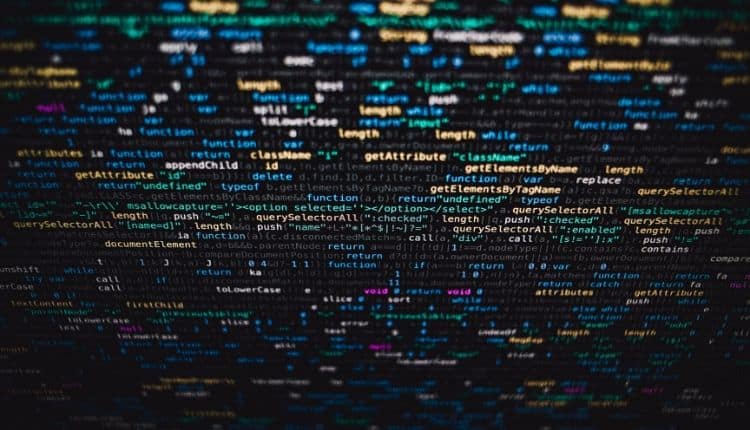By Filip Cotfas, Channel Manager, CoSoSys
The pandemic brought along an unprecedented future to the world. To adapt to the new normal, businesses across the world have had to restructure themselves. The unexpected situation did not allow them much time to adjust to the change – the next step was to digitize themselves, go online, and enter the work from home mode. This process of digitization, without being equipped with the right technology to stay protected, has compromised the cybersecurity of many organisations, one of the key reasons why we have seen a spike in the number of cyberattacks since the past 3-4 months.
Companies can’t ignore mitigating the risk of targeted or accidental data leaks or hope they won’t suffer a data breach. Cyberattacks and data breaches can bring huge losses to the company including hefty fines, brand damage, and loss of customer trust. Therefore companies need to be more aware and invest in data protection as a mandatory part of their security strategy.
Understanding the current dynamics, here are some foreseeable trends we need to look at, that will shape cybersecurity in 2020 and the coming future.
Increase in cybersecurity spends, widening skill gap
With rising cyberattacks, it makes it mandatory to invest more in cybersecurity and allocate spends accordingly. The severity of the ongoing situation and the impact it has had on the businesses necessitates us to anticipate and be ready for any complications in the future. The industry as a whole will also see potential growth and companies increasingly seek a CIO or CISO; the demand for the right talent and security experts will rise and exceed the supply, causing a widening skill gap, which will lead smaller organisations to align with cybersecurity vendors and other technological solutions.
Third-Party Vendor Security
Organisations need to develop a contingency plan. They need to look at developing an in-house structure to handle crises and to be geared with proper technological tools. They must outsource, assess, and bring third party vendors, ensuring the organisation’s security.
Advances in AI
AI with ML, shall help firms to consolidate their approach, and strengthen the threat detection mechanisms through deep learning algorithms and other AI frameworks. On the other end, cyber-attackers and criminals too have leveraged the new technologies and engaged several attacks. As a result, 2020 anticipates much larger and sophisticated attacks.
Increasing IoT Devices
Several new IoT devices are being introduced in the market like smart TVs, wearable (smartwatches, trackers), tech integrated automation, etc. This level of interconnectivity along with the upcoming 5G network can give attackers a whole new space/platform making these IoT devices very much vulnerable to attacks. Companies need to build secure hardware and software systems that will control any data breaches.
Implementing WFH policy
Since the pandemic, the WFH policy has been challenging all types of businesses. Companies have a harder time to have an overview of employees since they work from their homes. They also need to implement extra security measures, in order to keep their sensitive data safe.
Along with the WFH policy, the number of security threats is rising, putting business’s data in danger. With a Data Loss Prevention solution in place, companies can monitor and control the transfer and use of personal information remotely, ensuring that it is not sent outside the company or uploaded to unauthorized third party services.




you don’t have to increase your security expenses. If you use the utopia ecosystem for communication, you can be sure that you will not be hacked so easily. Free of CHARGE!